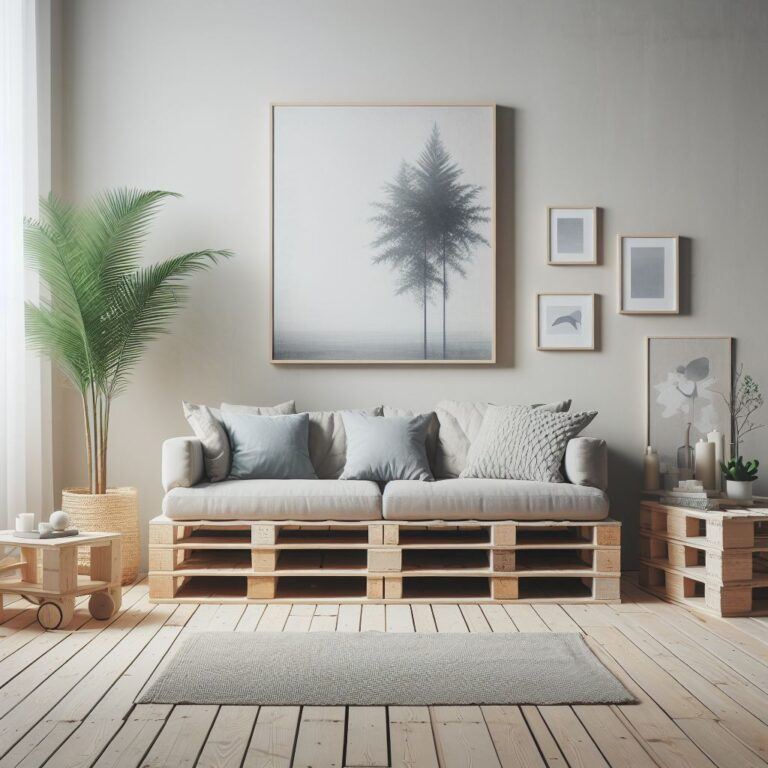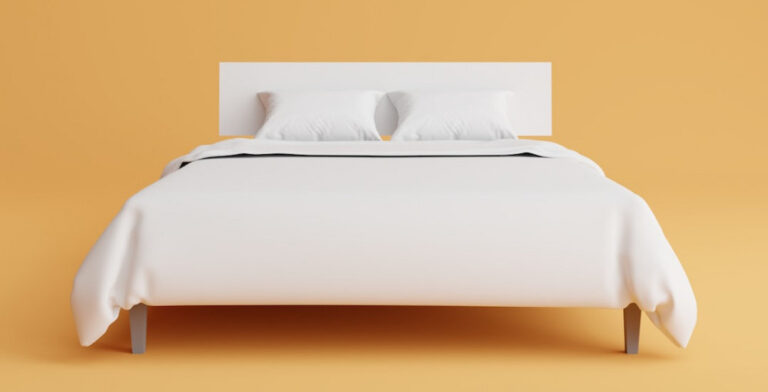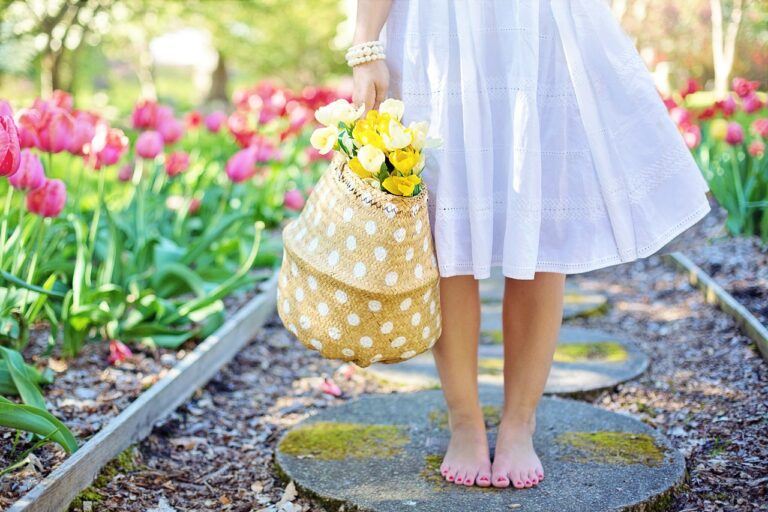DIY Vertical Garden Ideas
As spring approaches our thoughts will be turning to our gardens and outdoor spaces. But what if your outdoor space is very small or you have an awkward area with little groundspace that would benefit from some planting? Imagine turning a bare wall into a cascade of greenery. That’s the essence of vertical gardening – a concept that is not only visually appealing but also incredibly efficient in making the most out of limited space. In this post we are going to look at some DIY vertical garden ideas using reclaimed materials and upcycling items you may already have around your home. From balconies to alleyways, vertical gardens offer a unique solution for growing plants in areas where traditional gardening might seem impossible.
Affiliate Disclosure: This post contains affiliate links. This means I may earn a commission should you choose to make a purchase using my link. As an Amazon associate, I earn from qualifying purchases. But don’t worry, you won’t pay any more buying through my links and I have sourced and highlighted products that I believe you may find useful in this post.
Location, Location, Location!
Let’s get down to the basics: setting up a vertical garden. You’ll need to choose a location that receives adequate sunlight and select plants that thrive in your specific climate and the vertical environment. It’s also crucial to consider the weight and structure of your installation to ensure safety and stability. Succulents, ferns, and various herbs are great starter plants that adapt well to vertical living.

Now, as practical as it is stunning, vertical gardening goes hand in hand with imagination and resourcefulness. And that’s where you can truly make an impact. In the next section, I’m going to guide you through transforming ordinary items into extraordinary planters, shifting focus from the usual ground plots to a variety of creative vertical alternatives.
Creative Upcycling: Repurposed Items as Vertical Garden Planters
If you want to give vertical gardening a personal touch, there’s a whole world of possibilities with repurposing items. This isn’t just about saving space; it’s also about sustainability. Using items that might otherwise end up in a landfill gives them a new lease on life as part of your green space.

Let’s take something as simple as a wooden pallet. You might see one left behind at a loading dock or sitting in an alleyway. Please take care when using pallets as some have been treated with harmful chemiclas such as Methyl Bromide (these pallets will have a MB stamped on them) and the chemicals may be harmful to your plants. Pallets should now have the Integrated Pollution Prevention and Control (IPPC) logo and are typically marked with a country code, unique number and either HT or MB. Once you have sourced your pallets, with a bit of cleaning and some basic construction – adding landscape fabric, securing the slats for soil, and attaching a backing – that pallet can turn into a thriving vertical planter. For information on how to prepare a pallet for planting check out this YouTube video.

But why stop at pallets? Take a stroll through your home and garage. You’ll likely find shelving units that can be converted into a tiered garden stand, or wellington boots that have sprung a leak but can still make whimsical planters for herbs or flowers. Take a stroll around thrift shops or car-boot sales and see what you can pick up!

You could get really creative and use a shoe organizer and a planter. Perfect for a soft, draping garden of ferns and flowers – it could double-up as storage for your gardening shoes too! Or how about repurposing some plastic bottles as planters, but don’t buy these, only use some that you find or already have at home.

Please remember, safety first. Ensure that any repurposed item is free of harmful substances and sturdy enough to handle the weight of soil and plants. Also, repurposed planters need a little extra care. Good drainage is a must, so you may need to drill holes if necessary. Choose objects that complement your design style, then watch them transform under your care and attention. You’re going to find out just how much fun it can be to coax new life into old objects.
Best Practices for Vertical Gardening Success
So, you’ve embraced the idea of creating a vertical garden so now you need to ensure your garden develops into a lush, thriving space rather than a droopy, withered mess. To do this you need to select the correct soil. When using containers, you should choose a high-quality potting mix that retains moisture but also drains well. Remember, gravity is always at play, so you don’t want waterlogged soil or, conversely, soil that’s too dry.

Irrigation can be a bit of a balancing act, but it’s totally manageable. Drip irrigation systems are the perfect solution for vertical gardens—they ensure even watering without you needing to climb up with a watering can every day. Think of it as a bit of setup work that pays off big time down the road. For information on how to set up an irrigation system, watch this video.
If you are new to this, it won’t be a surprise that you may face a few challenges along the way. Sometimes, plants can get competitive for light and space. So be strategic in plant placement; you want them to coexist, not compete. Remember, your first attempt doesn’t need to be your last. You can always adjust your approach if something isn’t working as well as you’d hoped.
I hope you found some of these ideas useful and feel inspired to try out some vertical garden planting schemes. Upcycling old objects and giving them new life will add a unique style to your outdoor space whilst helping to keep these old or forgotten objects out of landfill.
Have you tried any of these ideas? Which one is your favourite? I’d love to hear from you, so if you’d like to share your thoughts and ideas, please leave a comment below.







